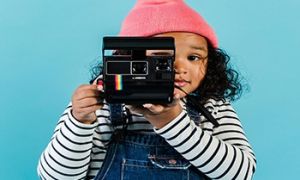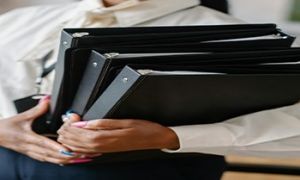A: A photo observation in early childhood education is a visual documentation method used to capture a child's learning, development, and experiences.
Educators take purposeful photographs that highlight specific skills, emotions, or interactions, then annotate them with descriptions to provide context. This approach helps educators, parents, and children reflect on progress and learning moments.
For example, a photo of a child cutting paper might focus on how they hold the scissors and paper, demonstrating fine motor skills. Similarly, capturing a child's facial expression after completing a challenging task can showcase their emotions and perseverance. Changing angles, capturing movement, and focusing on meaningful moments are key techniques in effective photo observations.
Example Of Photo Observation Description
"In this image, Ava is carefully stacking wooden blocks, her fingers gripping each piece with precision. Her eyes are focused, and her expression shows deep concentration. She experiments with balance, adjusting the blocks to prevent them from toppling. This moment highlights Ava’s developing fine motor skills, problem-solving abilities, and persistence in completing a task."
A well-written description should:
- Capture the child’s actions (e.g., stacking blocks, painting, running).
- Describe facial expressions and emotions (e.g., joy, curiosity, determination).
- Highlight learning and development (e.g., fine motor skills, social interaction, creativity).
- Provide context (e.g., what led to the moment, how the child responded).
Linking Outcomes To Photo Observations
Linking learning outcomes to photo observations in early childhood education helps educators demonstrate how children's experiences align with developmental goals. Here’s how you can do it:
- Identify the Learning Outcome – Match the child's action in the photo to a specific outcome from EYLF in Australia.
- Describe the Observation – Explain what the child is doing in the photo, including their skills, emotions, and interactions.
- Connect to Development – Highlight how the activity supports cognitive, social, emotional, or physical growth.
- Use EYLF Language – Incorporate phrases from the framework, such as "Children are confident and involved learners" or "Children develop a strong sense of identity."
- Reflect and Plan – Use the observation to inform future activities that build on the child's learning.
For example, if a child is seen collaborating with peers to build a tower, you might link this to EYLF Outcome 2: Children are connected with and contribute to their world.
Further Reading
Q: How Do I Write An Observation?
Photo Observations In Childcare
Different Types Of Observation Methods
Observations in Childcare


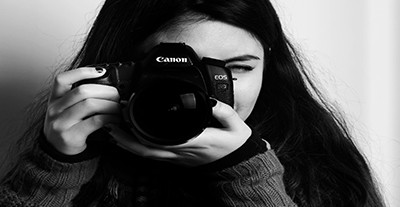

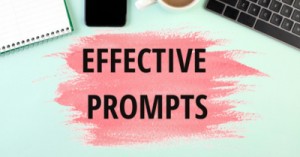
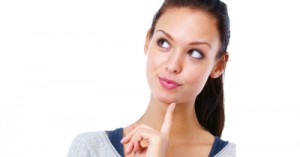
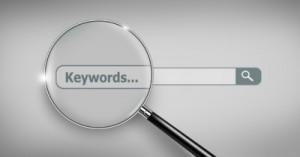
 Here is the list of the EYLF Learning Outcomes that you can use as a guide or reference for your documentation and planning. The EYLF
Here is the list of the EYLF Learning Outcomes that you can use as a guide or reference for your documentation and planning. The EYLF The EYLF is a guide which consists of Principles, Practices and 5 main Learning Outcomes along with each of their sub outcomes, based on identity,
The EYLF is a guide which consists of Principles, Practices and 5 main Learning Outcomes along with each of their sub outcomes, based on identity, This is a guide on How to Write a Learning Story. It provides information on What Is A Learning Story, Writing A Learning Story, Sample
This is a guide on How to Write a Learning Story. It provides information on What Is A Learning Story, Writing A Learning Story, Sample One of the most important types of documentation methods that educators needs to be familiar with are “observations”. Observations are crucial for all early childhood
One of the most important types of documentation methods that educators needs to be familiar with are “observations”. Observations are crucial for all early childhood To support children achieve learning outcomes from the EYLF Framework, the following list gives educators examples of how to promote children's learning in each individual
To support children achieve learning outcomes from the EYLF Framework, the following list gives educators examples of how to promote children's learning in each individual Reflective practice is learning from everyday situations and issues and concerns that arise which form part of our daily routine while working in an early
Reflective practice is learning from everyday situations and issues and concerns that arise which form part of our daily routine while working in an early Within Australia, Programming and Planning is reflected and supported by the Early Years Learning Framework. Educators within early childhood settings, use the EYLF to guide
Within Australia, Programming and Planning is reflected and supported by the Early Years Learning Framework. Educators within early childhood settings, use the EYLF to guide When observing children, it's important that we use a range of different observation methods from running records, learning stories to photographs and work samples. Using
When observing children, it's important that we use a range of different observation methods from running records, learning stories to photographs and work samples. Using This is a guide for educators on what to observe under each sub learning outcome from the EYLF Framework, when a child is engaged in
This is a guide for educators on what to observe under each sub learning outcome from the EYLF Framework, when a child is engaged in The Early Years Learning Framework describes the curriculum as “all the interactions, experiences, activities, routines and events, planned and unplanned, that occur in an environment
The Early Years Learning Framework describes the curriculum as “all the interactions, experiences, activities, routines and events, planned and unplanned, that occur in an environment